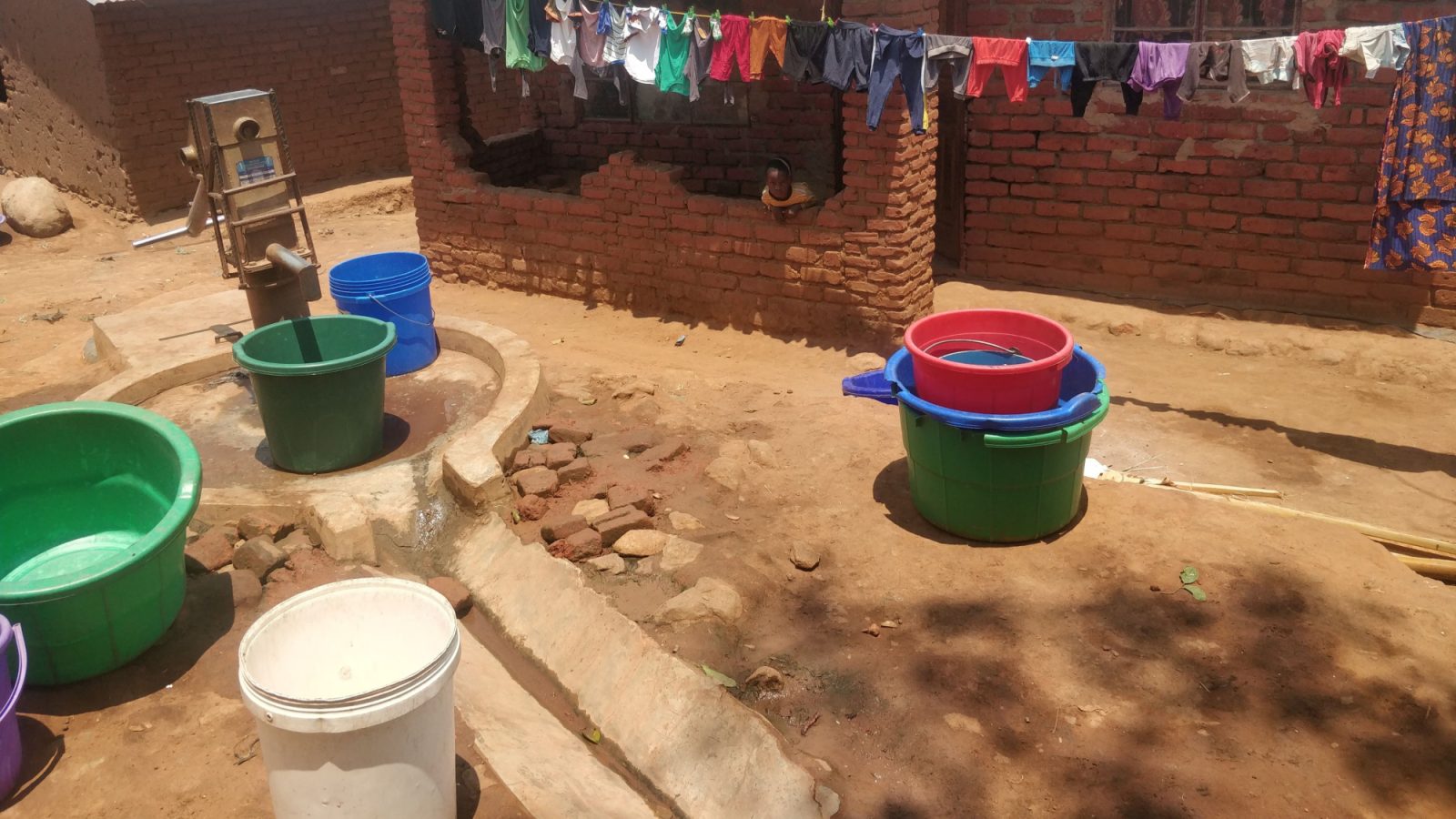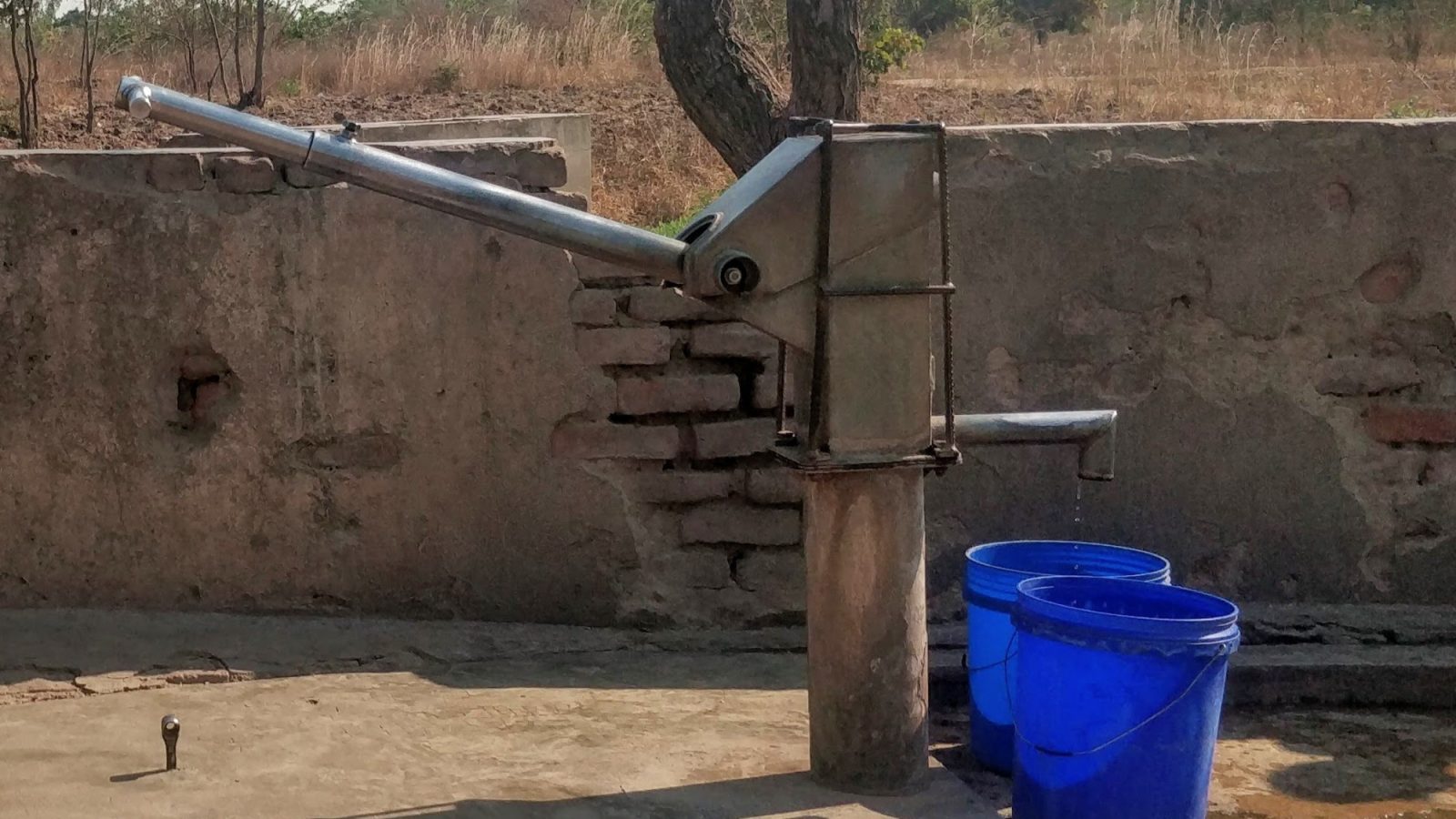An article published in the Journal of Hydrology: Regional Studies has shown how Malawi's water storage has been changing over time.
Malawi is heavily dependent on groundwater, that is water held underground in the soil or in pores and crevices in rock, with over 80% of the population relying on it to meet their daily needs, yet not enough is known about how much groundwater is in the country, due to a lack of groundwater monitoring infrastructure.
71 groundwater monitoring boreholes have been installed nationally but at least 10 are currently non-functional due to issues such as vandalism and equipment failure. Additionally, the oldest groundwater monitoring records only date back to 2009, making it impossible to assess long-term trends using observed data alone.

Dr Rebekah Hinton, who conducted the study as part of her PhD research, said: “This is critically important. Between 1980 and 2009, Malawi experienced a consistent average annual groundwater loss of 0.59 km³, equating to nearly 0.1% of its total groundwater storage per year. The annual decline corresponds to a volume of water roughly equivalent to one-third of Malawi’s second largest lake, Lake Chilwa, each year.
“Our results point to a problem that has been reported anecdotally but not yet studied, that Malawi's previous groundwater sources are being deleted.”
Scientists from the Hutton and University of Strathclyde applied a water model, developed by the International Institute for Applied Systems Analysis (IIASA), to simulate groundwater storage over time, using stakeholder engagement to tailor it to represent accurately Malawi’s water content and for the first time were able to estimate the country’s groundwater storage over time. This stakeholder-informed and locally adapted modelling framework offers policy makers a powerful tool for future groundwater monitoring, planning and sustainable water management.

Malawi is often regarded as a water-rich country, primarily due to the presence of Africa’s third-largest lake, and the fifth largest globally by volume, known variously as Lake Malawi, Lake Nyasa or Lake Niassa. Despite the prevalence of surface water though, groundwater is arguably the country’s most essential source of water, supplying over 80 % of domestic needs.
It is estimated that 82% of the rural population and 20% of the urban population depend on groundwater to meet their water needs. Climate change is increasing the reliance on groundwater, as is the high rate of population growth. Malawi’s population is projected to increase fivefold this century, placing even more pressure on water resources.
Groundwater dynamics also have significant consequences for surface water security, as they play a critical role in river flow.
This is a challenge, not only in Malawi, but in many low and middle-income countries where groundwater monitoring data is simply not available. Anecdotal evidence has long pointed to groundwater decline but this model is able to quantify and point towards the challenge of sustained decline. It is essential to understand how groundwater storage has been changing over time to ensure sustainable management.
More information can be found here:
https://www.sciencedirect.com/science/article/pii/S2214581825003994